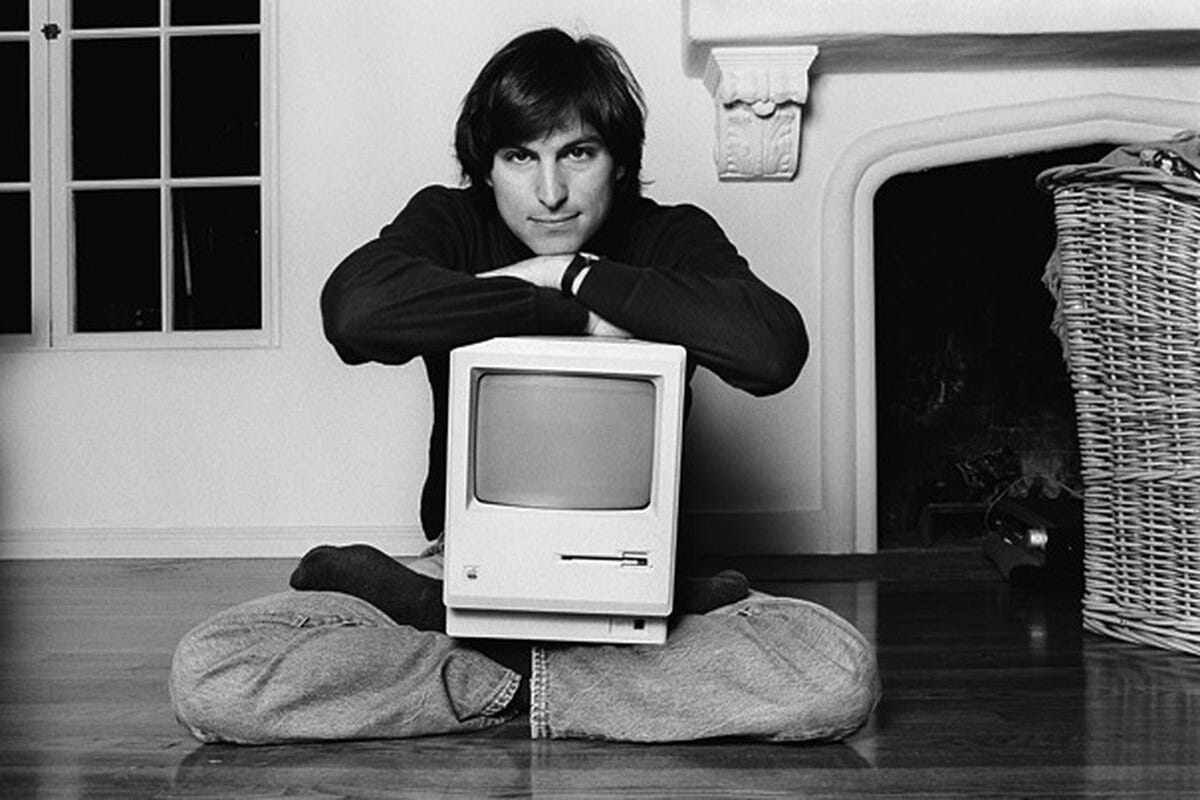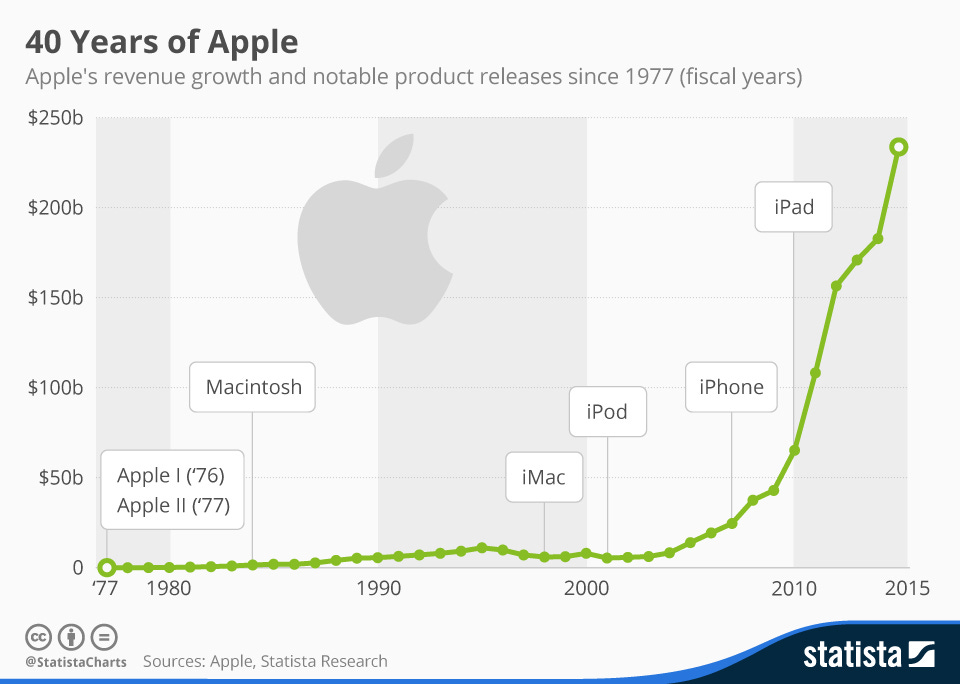Founder Mode is Creator Mode
What Paul Graham Gets Right
Paul Graham’s viral essay on “Founder Mode” stirred up significant controversy in the tech community. Surprisingly, much of what he said wasn’t new, especially for creators. This is because founder-mode is essentially the same as creator-mode, where invention, vision, and relentless energy drive a product’s direction.
Why the Controversy?
Aside from general frustration with poor management in tech, the backlash stemmed from a misunderstanding of how innovation happens, the role of creators, and their frequent clashes with traditional management structures.
“Founders feel like they're being gaslit from both sides — by the people telling them they have to run their companies like managers, and by the people working for them when they do.”
What is Founder Mode?
Even Graham admits it’s not fully defined: “Once we figure out what it is, we’ll find that a number of individual founders were already most of the way there.” Essentially, it’s the Steve Jobs archetype—an engaged, hard-driving innovator who dives into the details to push their unique vision forward.
Founder-mode is necessary in a startup environment, where achieving product-market fit is elusive, and change is constant. The central question in Graham’s essay is whether shifting to manager mode—benching the founder—is crucial for scaling. Graham’s answer is a resounding no, citing Airbnb’s post-pandemic turnaround as an example.
What Happens as Companies Grow?
As companies scale, the founder’s role inevitably evolves. To achieve success like Apple, a combination of founder-mode and manager-mode is essential, with one big caveat: it requires a founder who is a unicorn—someone who can do many things well, supported by a team of hands-on managers who can execute the vision while challenging it when necessary.
The Role of Managers
Not all managers are the same. While some are purely operational, others possess deep functional expertise and command respect. These leaders, who are willing to challenge the founder’s vision, butting heads in some cases, are essential. It’s in these high-stakes interactions that meaningful innovation occurs.
Pushback and Criticism
Critics, especially those in roles focused on helping companies scale, argue that Graham’s essay glorifies the founder role, encourages micromanagement, and downplays the value of professional managers. They took issue with Graham’s portrayal of scaling as a binary choice between founder and manager modes, when in reality, a blend of both is often necessary.
Graham’s Core Argument
Graham suggests that the conventional advice to “hire good people and give them room to do their jobs” is flawed. He explains:
“There are two ways to run a company: founder mode and manager mode. Till now, most people have assumed that scaling a startup meant switching to manager mode. But the frustration of founders who’ve tried it, and the success of those who’ve rejected it, suggest an alternative.”
He cites Brian Chesky of Airbnb, who reverted to founder-mode during the pandemic crisis, taking direct control to steer the company through their near-death experience. This illustrates that, in crises, creator-mode—in the form of founder-mode—is often the only viable approach.
Other Examples of Founder-Mode in Action
René Redzepi turned his Michelin-starred restaurant Noma into a wine and burger bar with takeaway service.
Bob Iger returned to Disney post-pandemic to revitalize the company.
Nick Kokonas pivoted Tock, a high-end restaurant reservation app, to focus on takeout with “Tock To Go.”
Steve Jobs returned to Apple in 1997 to rescue it from financial turmoil.
Howard Schultz came back to Starbucks twice (2008, 2022) to revive the brand.
Charles Merrill returned to Merrill Lynch during the Great Depression.
These cases show that founder-mode is nothing new, and often necessary to pull companies out of crisis. However, Graham’s binary view of founder vs. manager modes is oversimplified.
The Dynamic vs. Static Company Dilemma
The choice between founder-mode and manager-mode also depends on whether a company is static or dynamic. Static companies, focused on scaling existing operations, benefit from an 80/20 split favoring manager-mode. Dynamic companies, where innovation is crucial, should lean towards an 80/20 split in favor of founder-mode, empowering teams to pursue projects aligned with the founder’s vision.
No company benefits from a 100% focus on one mode. Successful growth demands a capable, experienced team that collaborates effectively. As Amy Edmondson notes in her book Teaming, scaling requires a culture of flexible, cross-functional teams that share learnings across the organization.
Conclusion
While founder-mode is often the best strategy for innovation, not every founder is equipped to scale a company. That’s where a strong, hands-on management team comes in, supporting the founder’s vision while steering the company forward. The real magic happens when founder-mode and manager-mode coexist, enabling the creation of products that not only scale but resonate deeply with people.





